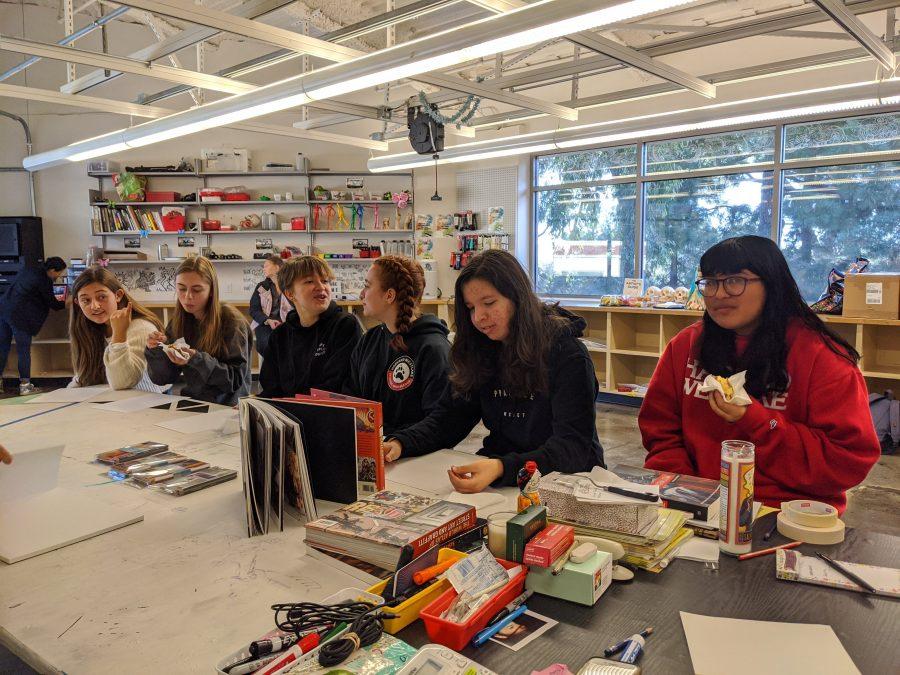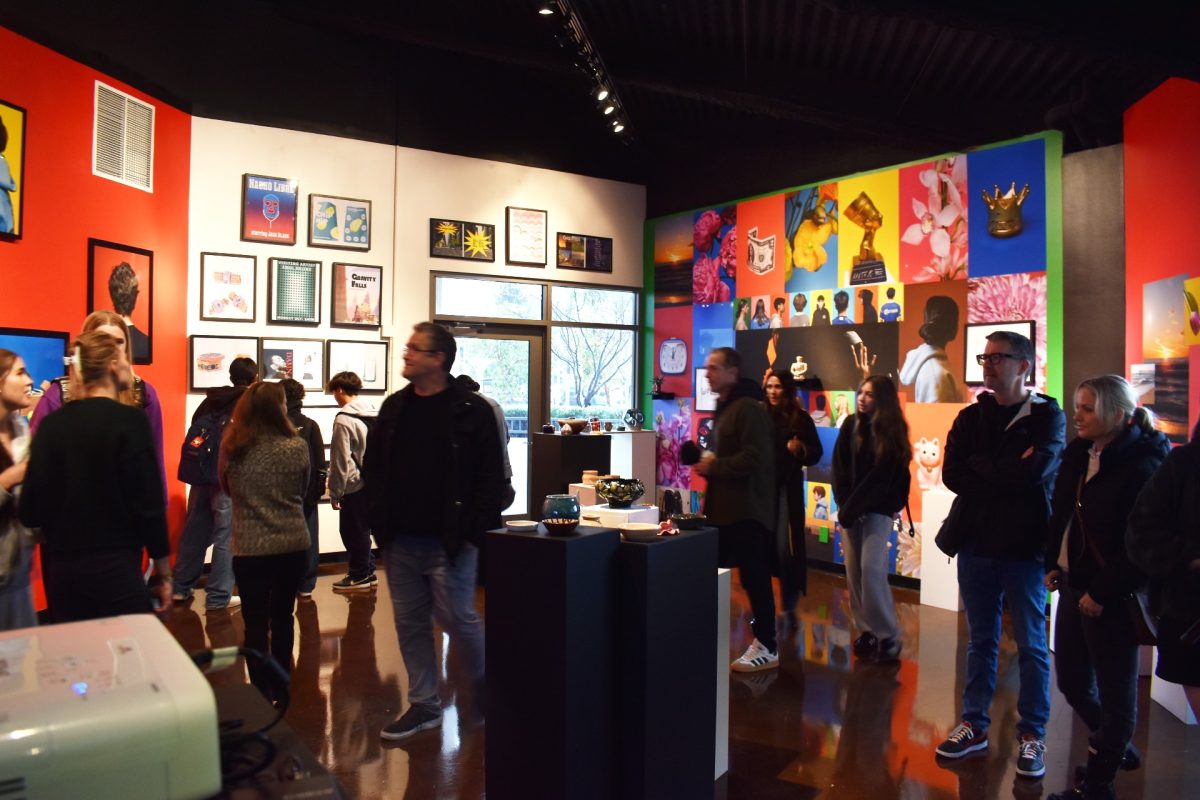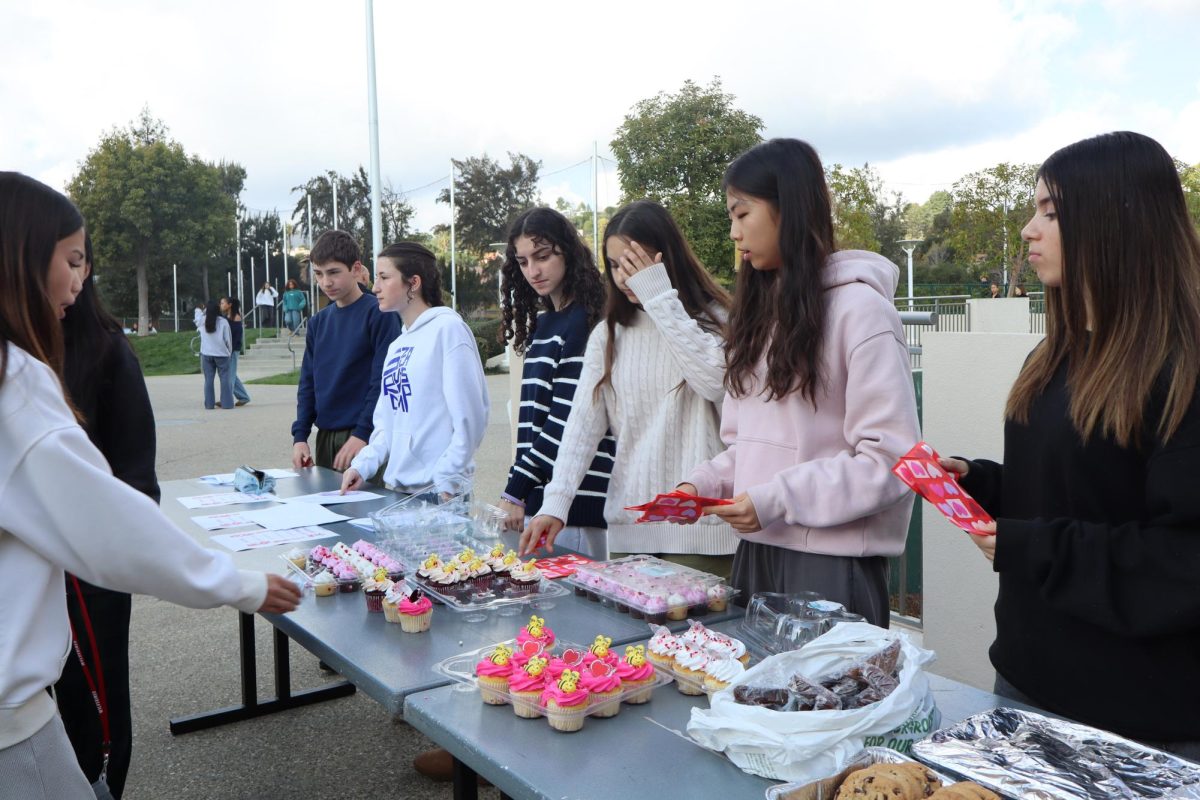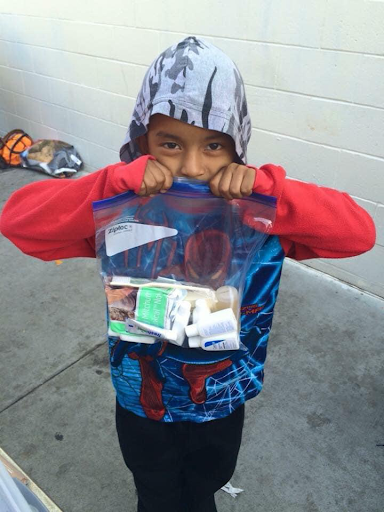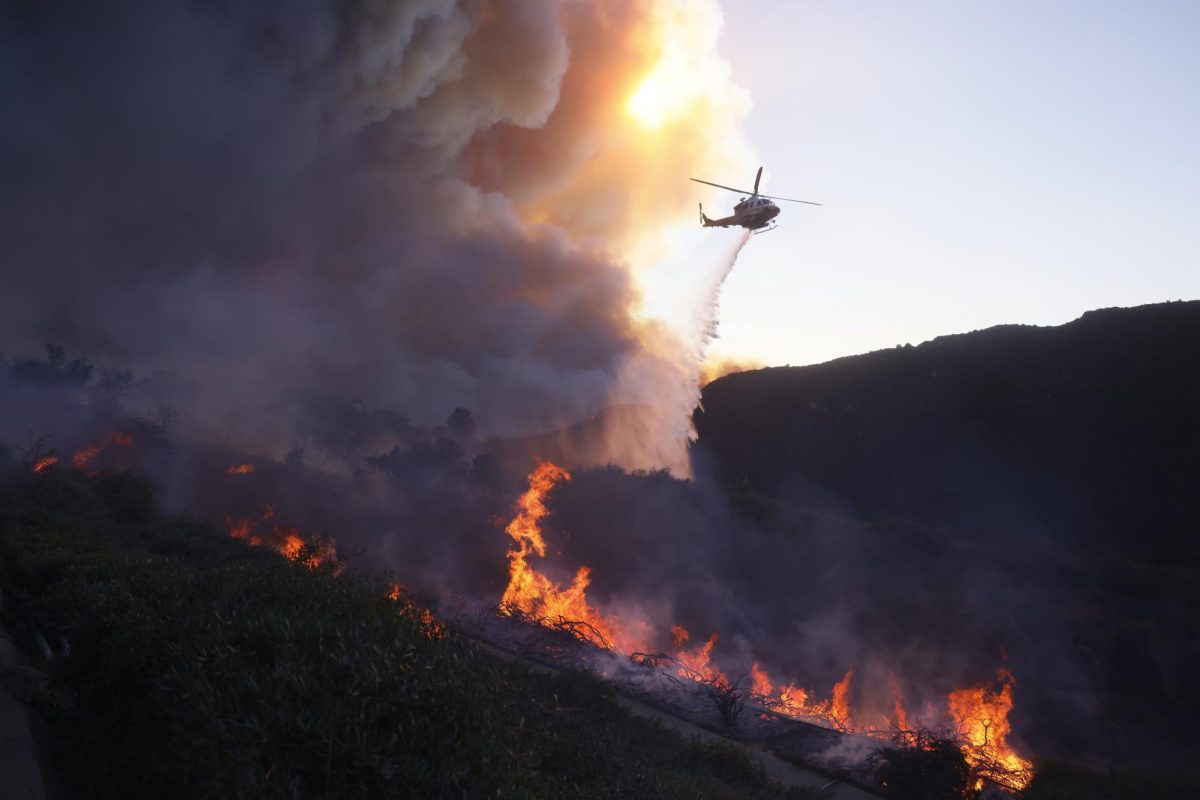The Latin American Hispanic Student Organization (LAHSO), a Harvard-Westlake (HW) Middle School club, organized an art event where students were given drawing materials, and visual arts teacher Flavia Zuñiga-West discussed Latinx artists.
“My favorite part of art day was seeing how many people from the community came to join us,” LAHSO member Sophia Rascoff ’23 said. “During both art days we more than doubled our usual attendance, and it felt really great that so many people wanted to come and be part of LAHSO for the day. It was great seeing so many new faces in the club that we hadn’t seen before.”
As students doodled, Zuñiga-West gave a presentation on Latinx artists. She believes it’s important to make sure art history includes traditionally marginalized groups.
“This means showing women and people of color and really making sure the curriculum as a whole reflects the student body,” Zuñiga-West said. “Everyone should see themselves in art all the time.”
In her presentation, she covered pre-colonial Latin American art and the influence of politics and history on art. For example, art from conquerors typically exemplifies the supposed good in the conquerers and the supposed bad in those who were conquered.
Andrea Cortes ’23 said LAHSO’s art day reminded her “that there is a story behind every stroke and every line.”
Zuñiga-West also discussed the Mexican muralism movement, which began around the time of the Mexican Revolution. Important Mexican muralists include Jose Clemente Orozco and Diego Rivera. Zuñiga-West looks to incorporate more muralism into her art curriculum.

“We were talking about either making a class that focuses more on muralism or to try and find a way to create a mural project that could happen maybe once a year,” Zuñiga-West said. “The idea would be to have murals that are made and exist on campus so there’s student voice seen throughout. I think we have so many walls and spaces that aren’t filled and could really lend themselves to student experiences.”
On art day, students also had the opportunity to learn about modern art styles, such as street art, where Latinx artists are prominent.
Zuñiga-West sees street art as important because of its presence in daily life and accessibility, important characteristics of street art. Even people who don’t regularly visit art spaces like museums or galleries will be exposed to street art.
“The idea of accessibility [in art] is something that I think is so important,” Zuñiga-West said. “We’re often not aware of invisible walls and borders that exist within the land of art.”
In Los Angeles, organizations such as the Art and Seeking publicize local street art. Lizy Dastin ’01 gives corporate tours for Art and Seeking. She also co-hosts a podcast called Art Attack, which recently discussed Latinx artists in Los Angeles.
Los Angeles has long been the home to notable Latinx artists who use their work to celebrate their cultural heritage and form meaningful communities. The contemporary scene of Latinx artists, especially urban artists, has never been more vibrant. In her podcast, Dastin, along with Justin Bua, shares her favorite works and artists in Los Angeles.
According to Dastin and Buafirst’s podcast, Latinx is a term that not only emphasizes generationally younger people but also extends to nonbinary people, including a bigger and endless bracket of artists to celebrate. They also discuss Latinx artists, such as Judy Baca, Mr. Cartoon, El Mac and Kristy Sandoval.
The hosts first highlight Baca’s Great Wall of Los Angeles, which runs along the Los Angeles River and is the longest mural in the world. This mural portrays a comprehensive historical timeline from the existence of dinosaurs to the civil rights movements. The river bed is similar to and symbolizes a film bed since the story progress, just like a river.
Baca collectively painted this mural with other artists, thereby creating a collective account of many’s histories. The mural tells the story of the common person and spirit of Los Angeles.
Another artist, Mr. Cartoon, dabbles in many areas of art and is an inspiration to many in the Latinx community. He specializes in tattoo designing, but he also paints murals and on cars to showcase his artwork. His unique choice in using bodies and cars as mediums in art makes his work stand out as not glossy but authentic.
Artist El Mac’s work stands out because of his attention to detail. He is very meticulous in his artwork and even freezes his spraypaint to control texture, which is a unique and inventive way to do graffiti and draw portraits. He has various ways he controls his medium to create fractals, patterns and unique shapes to use in his artwork.
Finally, Sandoval uses past architecture in her art by contemporizing old architecture and putting her own spin on it. All of her art and murals have a deep story behind them. One of Sandoval’s most famous works is “Decolonized,” featuring a woman with blue dreadlocks releasing birds from a cage, which is also a window. “Decolonized” is a symbol of freeing people from colonizers.
All of these artists are undoubtedly talented, but they also share their art by showcasing others’ talent. Art is traditionally only attributed to one person; however, many in the Los Angeles Latinx community work together on one piece and embrace each others’ ideas to introduce new perspectives in their art.
For students who want to learn more about the art history of Latin American and Latinx artists, Zuñiga-West recommends the Museum of Latin American Art in Long Beach, the Los Angeles County Museum of Art or simply searching Instagram and exploring.
“There’s a beautiful, rich, deep culture within Latin America as a whole,” Zuñiga-West said. “Often times, you don’t learn about that history until you’re in college.”
